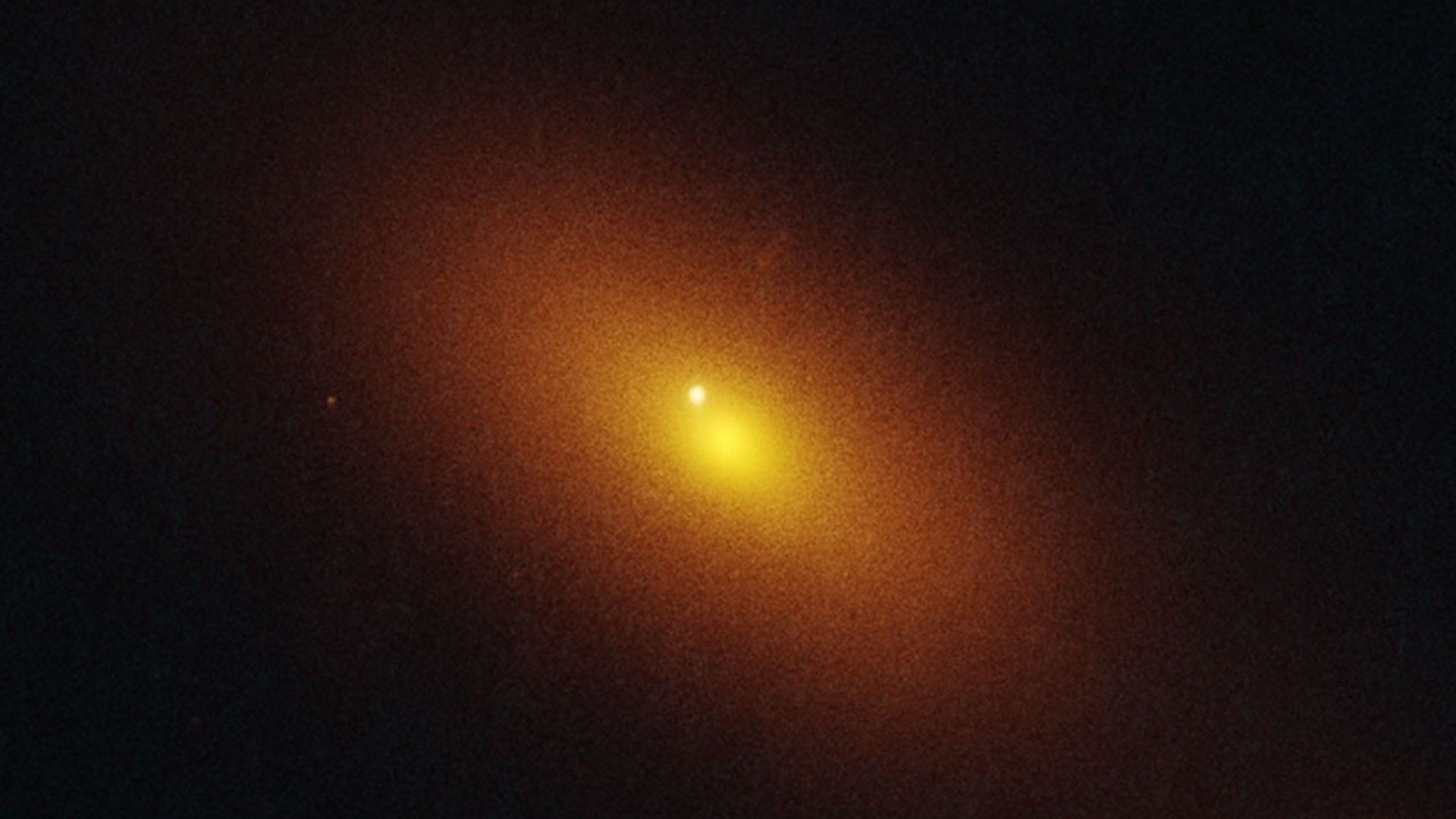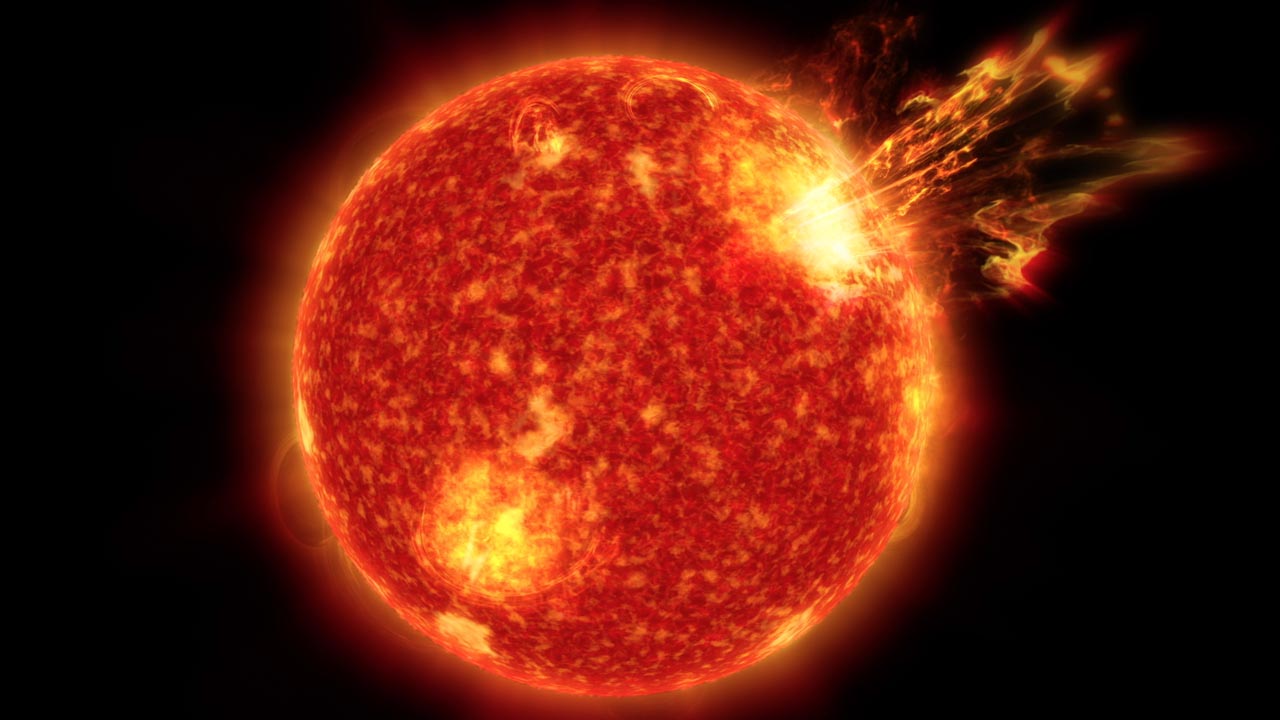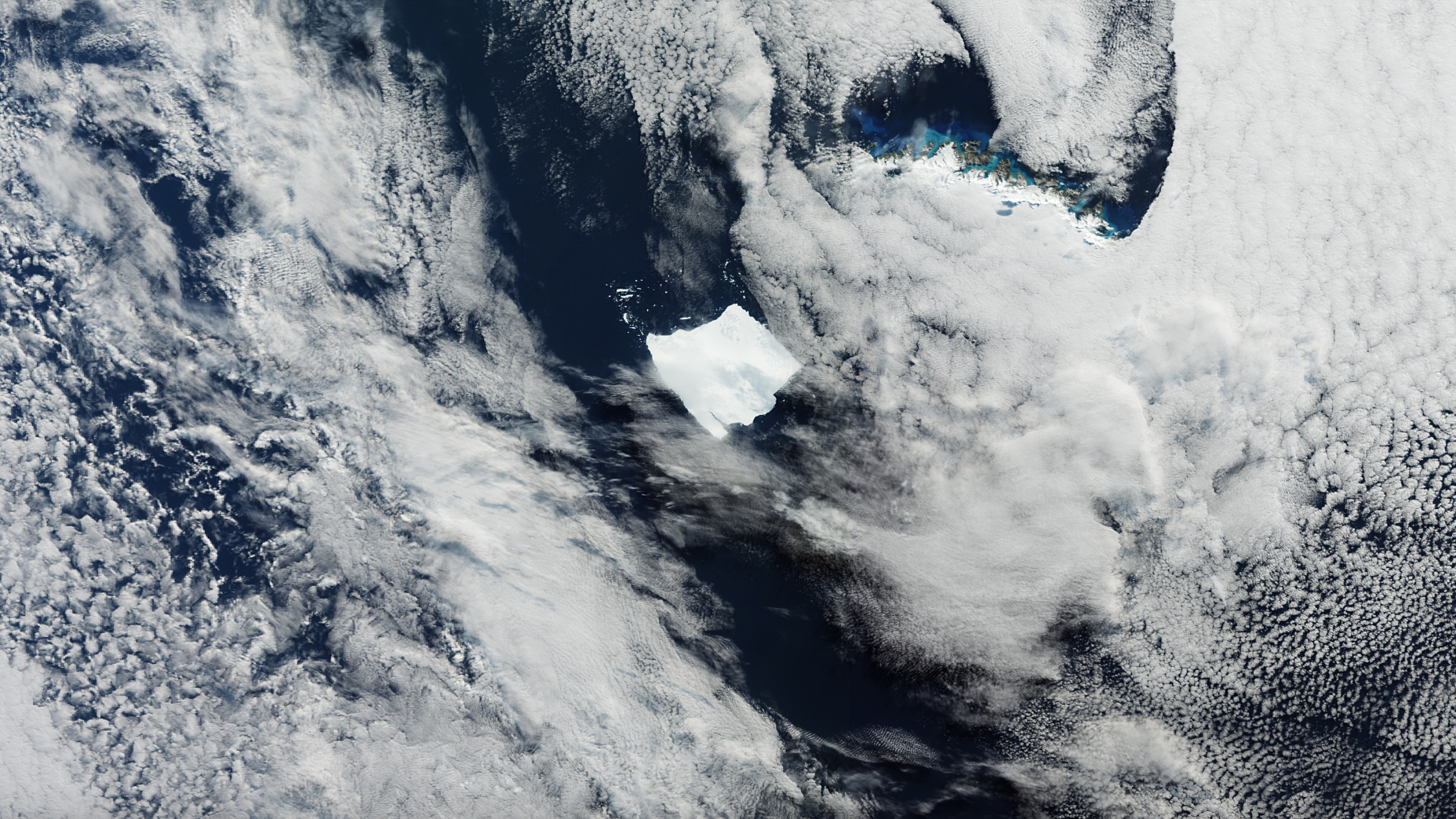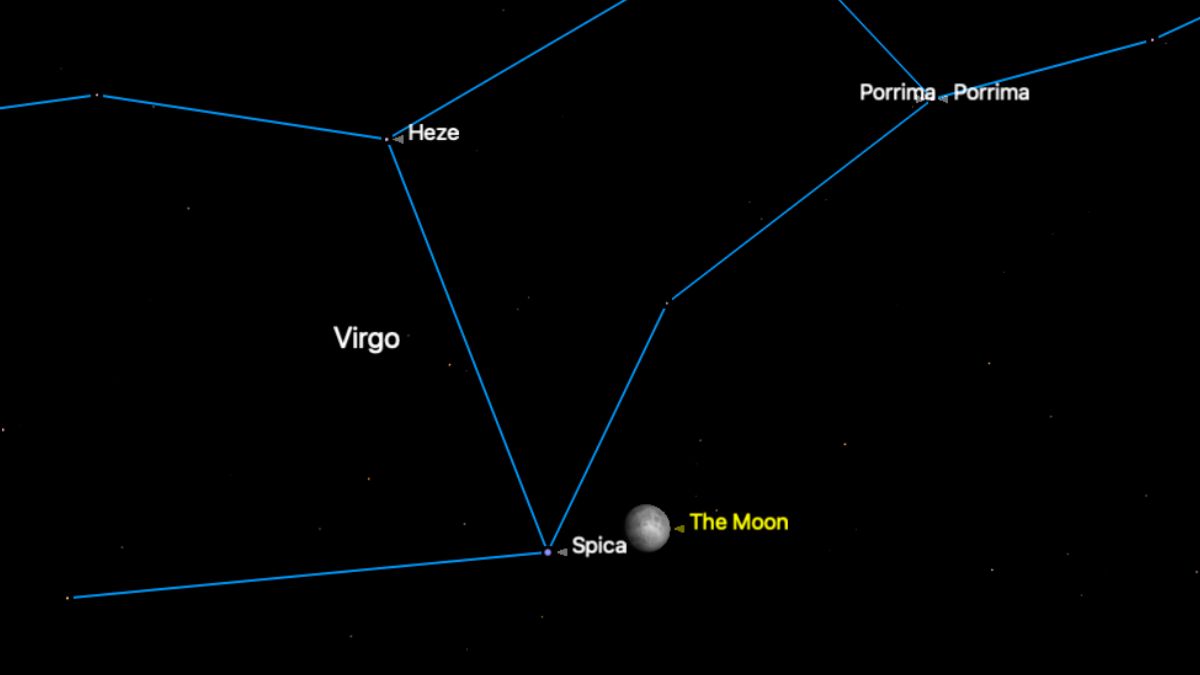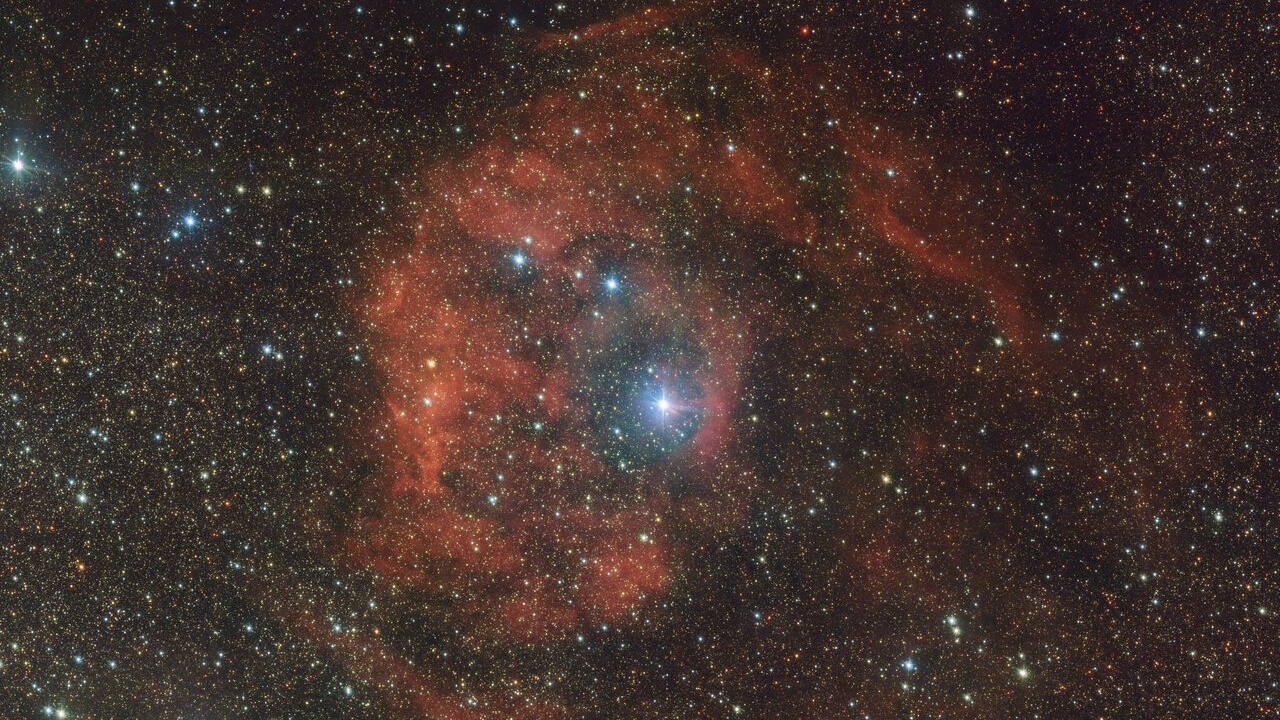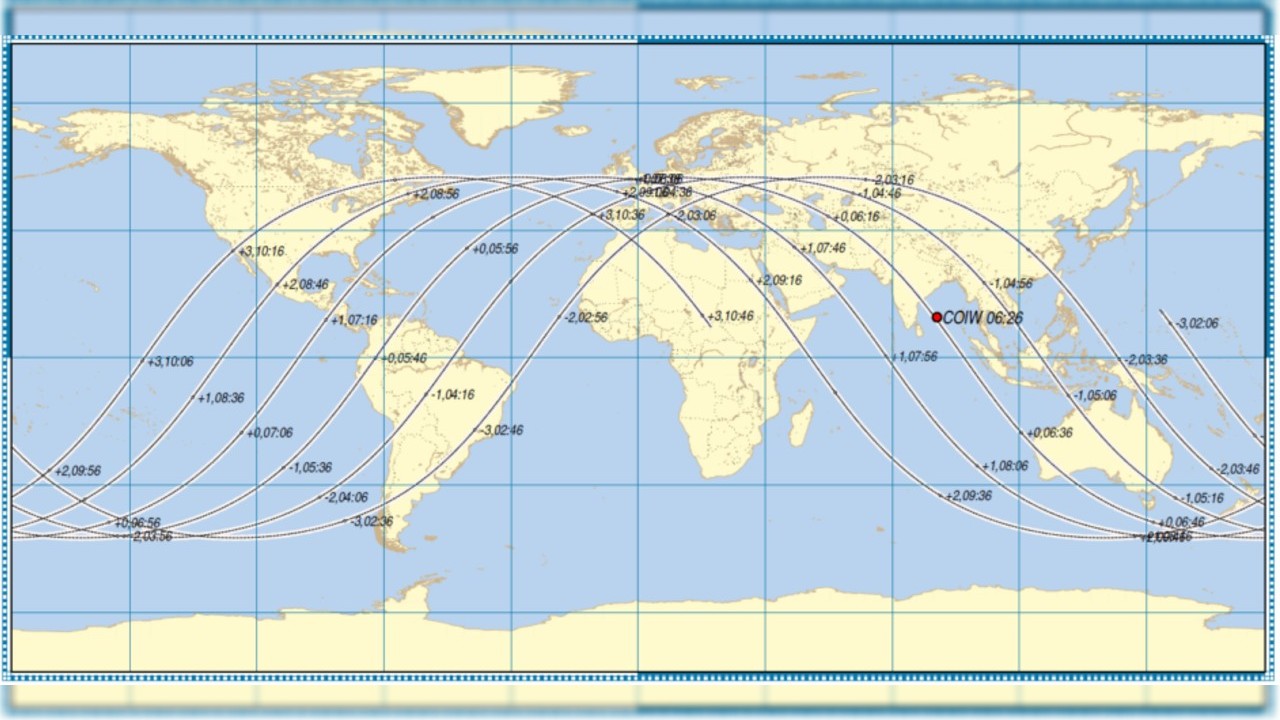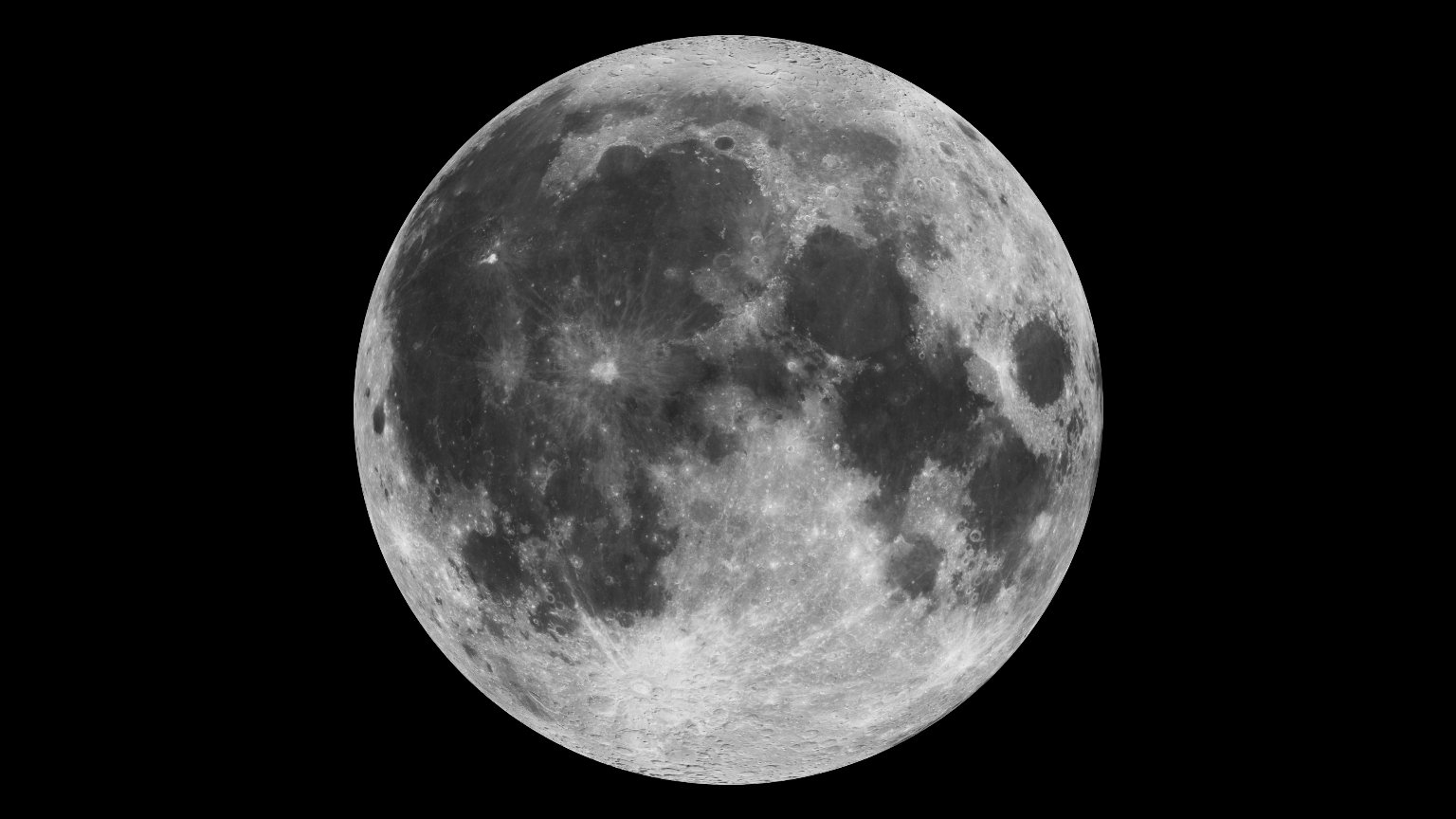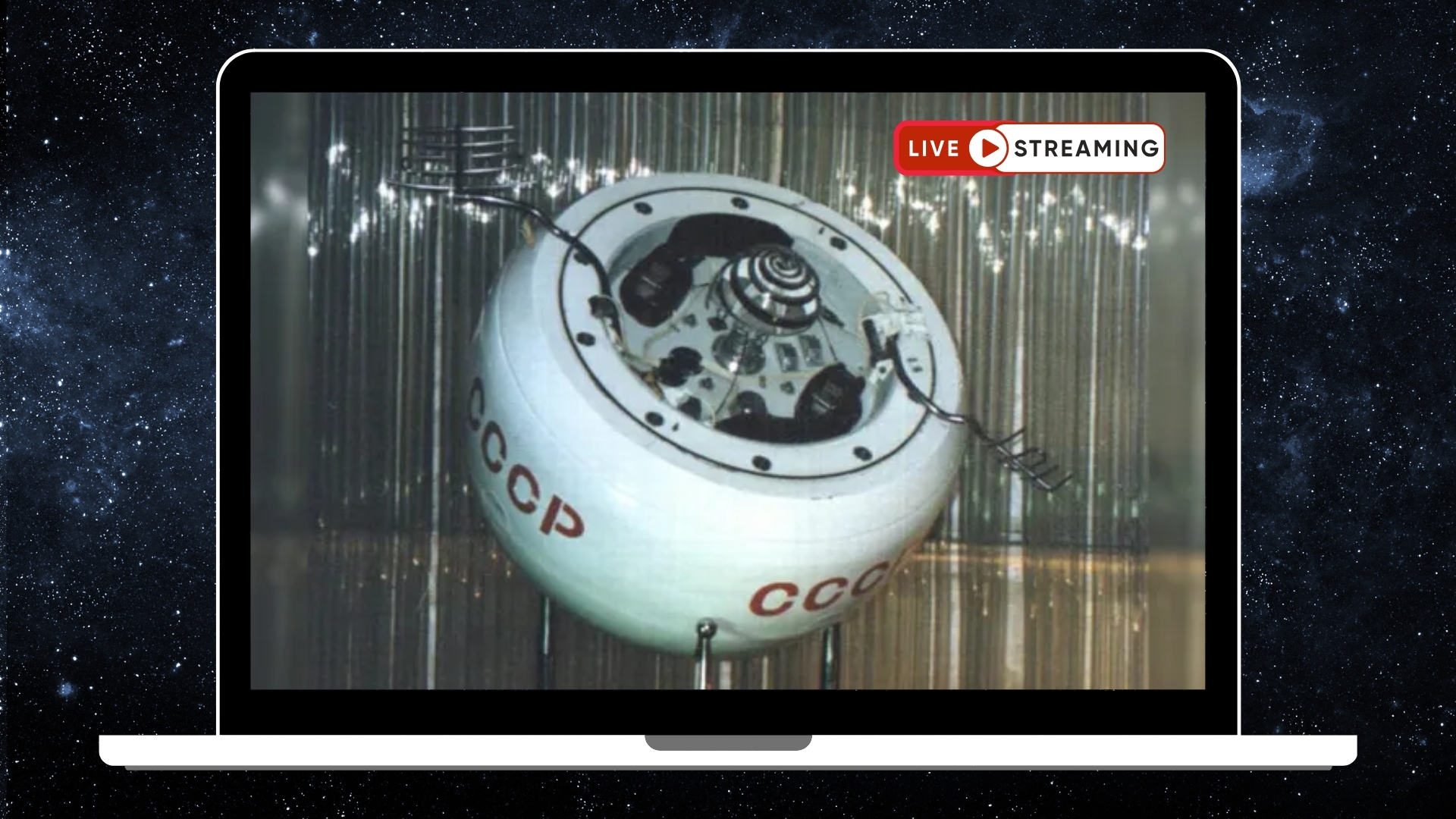NASA Tracks Space Shuttle Discovery Gas Leak to Faulty Seal
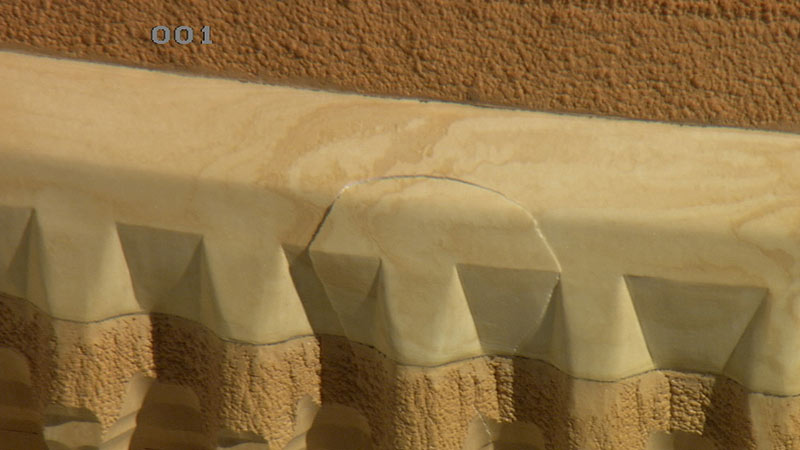
A misaligned seal on the space shuttle Discovery's externalfuel tank may be to blame for the potentially dangerous leak of hydrogen gasthat thwarted NASA's attempt to launch the spacecraft last week.
NASA engineers discovered the misaligned seal afterinspecting the site of Discovery'sfuel tank gas leak while the spacecraft sits atop its seaside launch pad atthe Kennedy Space Center in Florida. The leak forced NASA to cancel Discovery'sNov. 5 launch attempt.
The hydrogen gas leak was located at the ground umbilicalcarrier plate (GUCP), which is an attachment point between the external tankand a 17-inch (33-centimeter) pipe that carries gaseous hydrogen safely awayfrom the shuttle to a flare stack, where it can be burned off.
NASA is hoping to complete thework and try once again to launch what will be spaceshuttle Discovery's final flight on Nov. 30. NASA is retiring itsthree-shuttle fleet next year and Discovery's upcoming delivery trip to theInternational Space Station will be its last.
Inspecting shuttle Discovery
NASA technicians worked overnight to remove the component,and initial inspections were performed on the faulty seal and its correspondingconnector before they were sent to labs for more thorough examinations. Datacollected from the initial inspections will be evaluated today. [GRAPHIC:NASA's Space Shuttle ? From Top to Bottom]
Similar leaks have occurred during launch preparations fortwo previous shuttle missions, both in 2009. Both of these were caused by slightmisalignments of the carrier plate itself, but this new leak was caused by adifferent issue ? a misalignment of the flight seal inside the ground umbilicalcarrier plate.
Get the Space.com Newsletter
Breaking space news, the latest updates on rocket launches, skywatching events and more!
This could account for why the leak cropped up earlier inthe tanking process, and leaked significantly greater amounts of hydrogen, thanthe two previous events, NASA spokesman Allard Beutel said.
"They found that the flight seal was not properlyaligned when they opened up the GUCP," Beutel told SPACE.com. "Lastyear the issue was a slight misalignment of the whole carrier plate. This isvery different."
Based on early evaluations, the team should be ready toinstall a new flight seal and umbilical carrier plate tomorrow (Nov. 12),Beutel said.
Shuttle fuel tank cracks eyed
Engineers also removed damaged foam insulation onDiscovery's external tank that cracked during initial loading operations forthe shuttle's most recent launch attempt on Nov. 5.
While removing the cracked foam layer that covers the tank, twonew fractures were found yesterday (Nov. 10) on a section of the tank's aluminumskin.
The two 9-inch (23-cm) cracks were located at a site calledthe "stringer," which is an aluminum strip that provides structuralintegrity to a part of the fuel tank known as the intertank ? the partitionbetween the liquid oxygen and liquid hydrogen tanks.
The fractures were found underneath the area of crackedfoam, and early analysis suggests they were the root cause of the foam damage.The cracks in the stringer likely pushed the metal outward to sufficientlydislocate the foam, NASA officials said.
"Even though the foam didn't come off, the crackunderneath propagated up, so the cracks in stringer led to the crack in thefoam above it," Beutel explained. "They understand the stresses thatgo on at cryogenic temperature levels while loading the tank. It's a knownfailure method."
Shuttle repair options weighed
Engineers are now evaluating images of the cracks todetermine the best repair options that can be performed with Discoveryremaining at her seaside launch pad at Kennedy Space Center.
Shuttle technicians have repaired similar cracks on externaltanks by removing the fractured aluminum and replacing it with a twice-as-thickstringer section, before replacing the foam. But these repairs have neverbefore been executed at the launch pad.
Previously, these types of cracks were addressed during theexternal tank production phase at NASA's Michoud Assembly Facility in NewOrleans, La., where spaceshuttle fuel tanks are built.
Engineers determined that cracks in a single stringer wouldstill leave the intertank with enough structural capability for launch andascent. But while the foam was firmly attached to the damaged structure, launchingthe vehicle in that configuration could present potential hazards, NASAofficials said..
NASA officials stressed, however, that the cracked area isclearly visible during pre-launch inspections, and would have been detected bythe final inspection team before liftoff.
Other fixes for Discovery
With the Discovery's launch delayed, NASA teams now have theability to perform more thorough examinations of the shuttle and its hardwarecomponents. As a result, engineering teams have opted to remove and replace a cockpitpanel circuit breaker that caused a separate launch delay early last week.
Shuttle technicians encountered an electrical glitch withone of the orbiter's backup engine controllers on Nov. 2. The hiccup wasthought to have been caused by transient contamination, and after 24 hours oftests and evaluations, the problem did not return.
"It cleaned itself out, basically ? it never showed upagain. But, now that they have some extra time, the engineers can go through afull series of tests," Beutel said. "At the time, we wouldn't havegained confidence in the system by switching them out. In fact, you ran therisk of introducing errors because you couldn't thoroughly test them."
Discovery's STS-133 mission managers are evaluating the datato determine the schedule of repairs and the next possible launch opportunityfor the orbiter. Engineering teams will meet Friday to discuss the status ofthe work currently under way.
After Discovery's final flight, NASA plans to retire theshuttle ? along with the rest of the agency's shuttle fleet ? in 2011.
The next possible time that Discovery can attempt a liftoffto the International Space Station is Nov. 30 at 4:02 a.m. EST (0902 GMT).Discovery is scheduled for an 11-day supply mission to the space station todeliver a humanoid robot helper for the station crew and a new storage room forthe orbiting lab.
- Gallery:Building Space Shuttle Discovery
- Video? Space Shuttle Discovery: A Retrospective, Part2, Part3
- SpaceShuttle Discovery's Retirement Plan in Limbo
Join our Space Forums to keep talking space on the latest missions, night sky and more! And if you have a news tip, correction or comment, let us know at: community@space.com.

Denise Chow is a former Space.com staff writer who then worked as assistant managing editor at Live Science before moving to NBC News as a science reporter, where she focuses on general science and climate change. She spent two years with Space.com, writing about rocket launches and covering NASA's final three space shuttle missions, before joining the Live Science team in 2013. A Canadian transplant, Denise has a bachelor's degree from the University of Toronto, and a master's degree in journalism from New York University. At NBC News, Denise covers general science and climate change.

